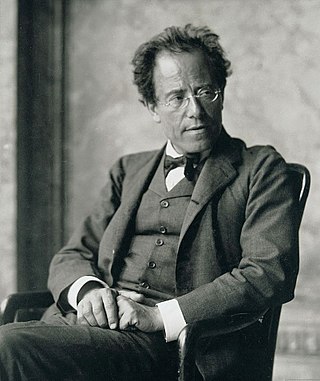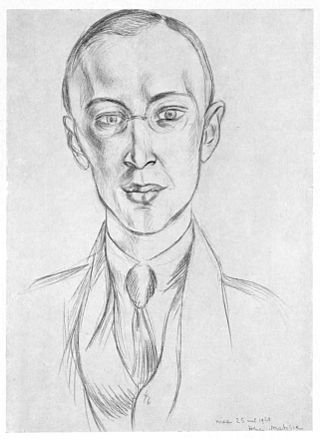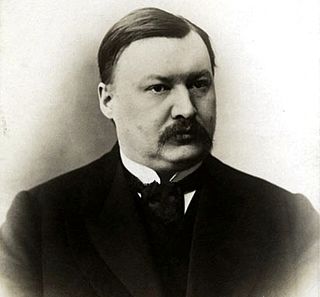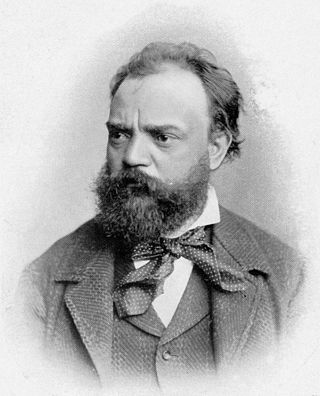Related Research Articles

Henry Dixon Cowell was an American composer, writer, pianist, publisher, teacher and the husband of Sidney Robertson Cowell. Earning a reputation as an extremely controversial performer and eccentric composer, Cowell became a leading figure of American avant-garde music for the first half of the 20th century — his writings and music serving as a great influence to similar artists at the time, including Lou Harrison, George Antheil, and John Cage, among others. He is considered one of America's most important and influential composers.

Lou Silver Harrison was an American composer, music critic, music theorist, painter, and creator of unique musical instruments. Harrison initially wrote in a dissonant, ultramodernist style similar to his former teacher and contemporary, Henry Cowell, but later moved toward incorporating elements of non-Western cultures into his work. Notable examples include a number of pieces written for Javanese style gamelan instruments, inspired after studying with noted gamelan musician Kanjeng Notoprojo in Indonesia. Harrison would create his own musical ensembles and instruments with his partner, William Colvig, who are now both considered founders of the American gamelan movement and world music; along with composers Harry Partch and Claude Vivier, and ethnomusicologist Colin McPhee.

The Symphony No. 6 in A minor by Gustav Mahler is a symphony in four movements, composed in 1903 and 1904, with revisions from 1906. It is sometimes nicknamed the Tragic ("Tragische"), though the origin of the name is unclear.

Henry Dreyfuss Brant was a Canadian-born American composer. An expert orchestrator with a flair for experimentation, many of Brant's works featured spatialization techniques.

Hugo Emil Alfvén was a Swedish composer, conductor, violinist, and painter.

Sergei Prokofiev wrote his Symphony No. 3 in C minor, Op. 44, in 1928.
Sergei Prokofiev's Symphony-Concerto in E minor, Op. 125 is a large-scale work for cello and orchestra.

The Symphony No. 9 in C major, D 944, known as The Great, is the final symphony completed by Franz Schubert. It was first published by Breitkopf & Härtel in 1849 as "Symphonie / C Dur / für großes Orchester" and listed as Symphony No. 8 in the New Schubert Edition. Originally called The Great C major to distinguish it from his Symphony No. 6, the Little C major, the subtitle is now usually taken as a reference to the symphony's majesty. Unusually long for a symphony of its time, a typical performance of The Great lasts around one hour when all repeats indicated in the score are taken. The symphony was not professionally performed until a decade after Schubert's death in 1828.

The Symphony No. 5 in D major/D minor, Op. 107, known as the Reformation, was composed by Felix Mendelssohn in 1830 in honor of the 300th anniversary of the Presentation of the Augsburg Confession. The Confession is a key document of Lutheranism and its Presentation to Emperor Charles V in June 1530 was a momentous event of the Protestant Reformation. This symphony was written for a full orchestra and was Mendelssohn's second extended symphony. It was not published until 1868, 21 years after the composer's death – hence its numbering as '5'. Although the symphony is not very frequently performed, it is better known today than when it was originally published. Mendelssohn's sister, Fanny Mendelssohn Hensel, chose the name Reformation Symphony.

Asger Hamerik (Hammerich) was a Danish composer of the late romantic period.

The Symphony No. 5 in E minor, Op. 64 by Pyotr Ilyich Tchaikovsky was composed between May and August 1888 and was first performed in Saint Petersburg at the Mariinsky Theatre on November 17 of that year with Tchaikovsky conducting. It is dedicated to Theodor Avé-Lallemant.
Béla Bartók's Violin Concerto No. 2, Sz. 112, BB 117 was written in 1937–38. During the composer's life, it was known simply as his Violin Concerto. His other violin concerto, Violin Concerto No. 1, Sz. 36, BB 48a, was written in the years 1907–1908, but only published in 1956, after the composer's death, as "Violin Concerto No. 1, Op. posth."
Dmitri Shostakovich's String Quartet No. 5 in B-flat major, Op. 92, was composed in autumn 1952. It was premiered in Leningrad in November 1953 by the Beethoven Quartet, to whom it is dedicated.

The ’’'Violin Concerto in A minor’’', Op. 82, by Alexander Glazunov is one of his most popular compositions. Written in 1904, the concerto was dedicated to violinist Leopold Auer, who gave the first performance at a Russian Musical Society concert in St. Petersburg on 15 February 1905. The British premiere of the concerto followed just over a year later, under the direction of Sir Henry Wood and with Mischa Elman as soloist. The American premiere of the work was not until 27 October 1911. It was performed by Efrem Zimbalist at his American debut with the Boston Symphony Orchestra.

The Symphony No. 5 in F major, Op. 76, B. 54, is a classical composition by Czech composer Antonín Dvořák. It was originally published as Symphony No. 3.
An organ concerto is an orchestral piece of music in which a pipe organ soloist is accompanied by an an orchestra, although some works exist with the name "concerto" which are for organ alone.
Felix Mendelssohn wrote thirteen string symphonies between 1821 and 1823, when he was between 12 and 14 years old.. These symphonies were tributes to Classical symphonies especially by Joseph Haydn, Johann Christian Bach, Carl Philipp Emanuel Bach, and Wolfgang Amadeus Mozart.
The Guitar Concerto No. 2, Op. 394, is a concerto for classical guitar and string orchestra by the American composer Alan Hovhaness. The work was commissioned by the Spanish guitarist Narciso Yepes. It was completed in June 1985 and later premiered at the Granada Festival in 1990.

Symphony No. 8 is a composition by the Brazilian composer Heitor Villa-Lobos, written in 1950. A performance lasts about 25 minutes
Conjurer: Concerto for Percussionist and String Orchestra is a concerto for a solo percussionist and string orchestra by the American composer John Corigliano. The work was jointly commissioned for the percussionist Evelyn Glennie by the Pittsburgh Symphony Orchestra, the Nashville Symphony, the Royal Scottish National Orchestra, the Dallas Symphony Orchestra, the Calouste Gulbenkian Foundation, the Music Department (Lisbon), and the National Arts Centre Orchestra. It was given its world premiere by Glennie and the Pittsburgh Symphony Orchestra under the direction of Marin Alsop in Pittsburgh on February 21, 2008.
References
- ↑ Guy Livingston (15 March 2014). "In Search of Henry Cowell Part 2". Into the Music . ABC Radio National . Retrieved 18 March 2014.
- ↑ Nicole V. Gagné (16 September 2011). Historical Dictionary of Modern and Contemporary Classical Music. Rowman & Littlefield. p. 69. ISBN 9780810879621 . Retrieved 18 March 2014.
- ↑ Sri Ram V. (6 June 2013). "A city with a sonata and a symphony". The Hindu . The Hindu Group . Retrieved 18 March 2014.
- ↑ See OCLC 663976287 which describes a tape of the concert.
